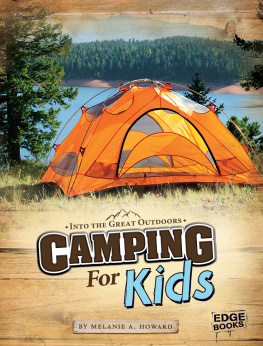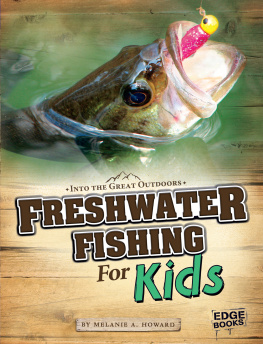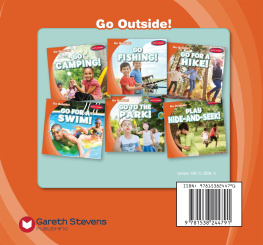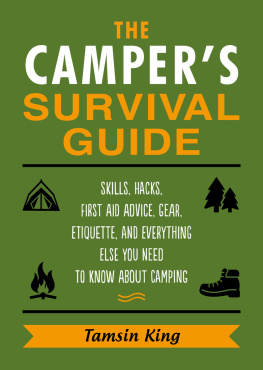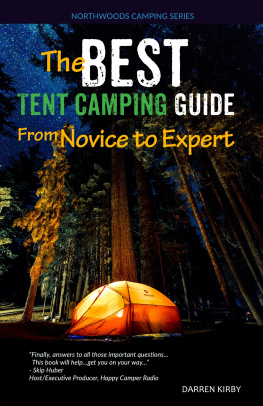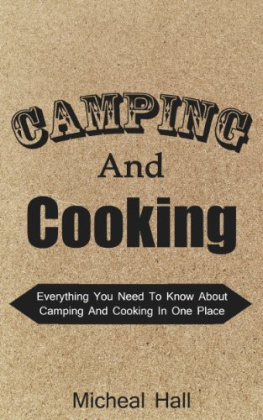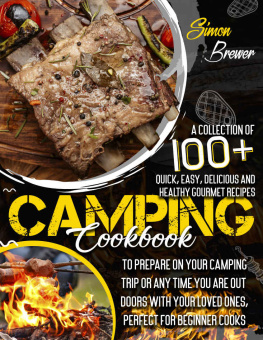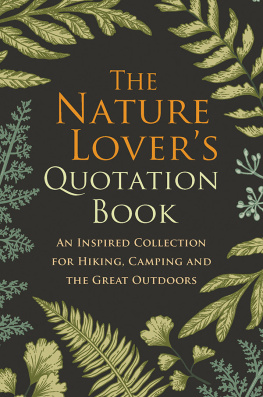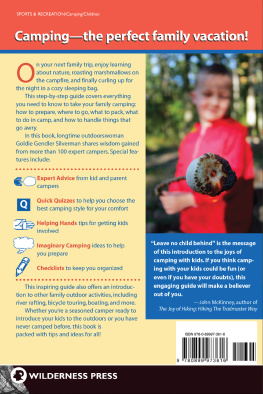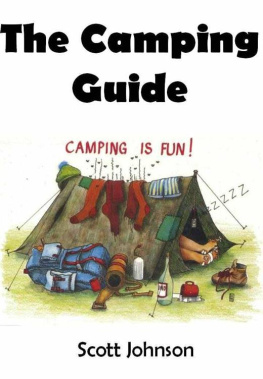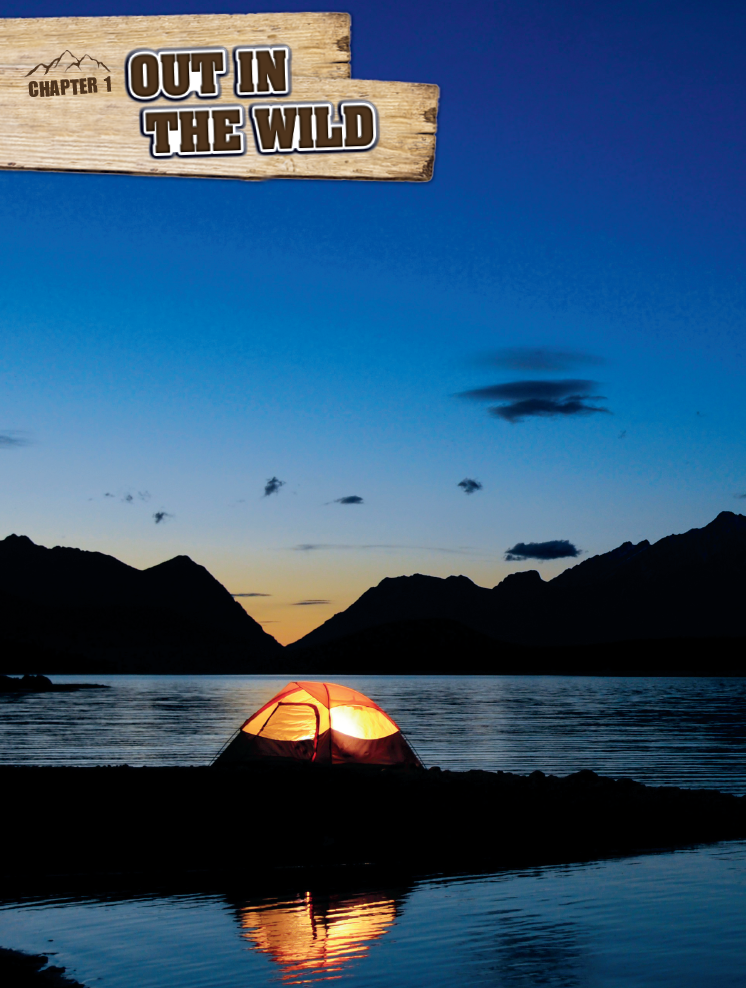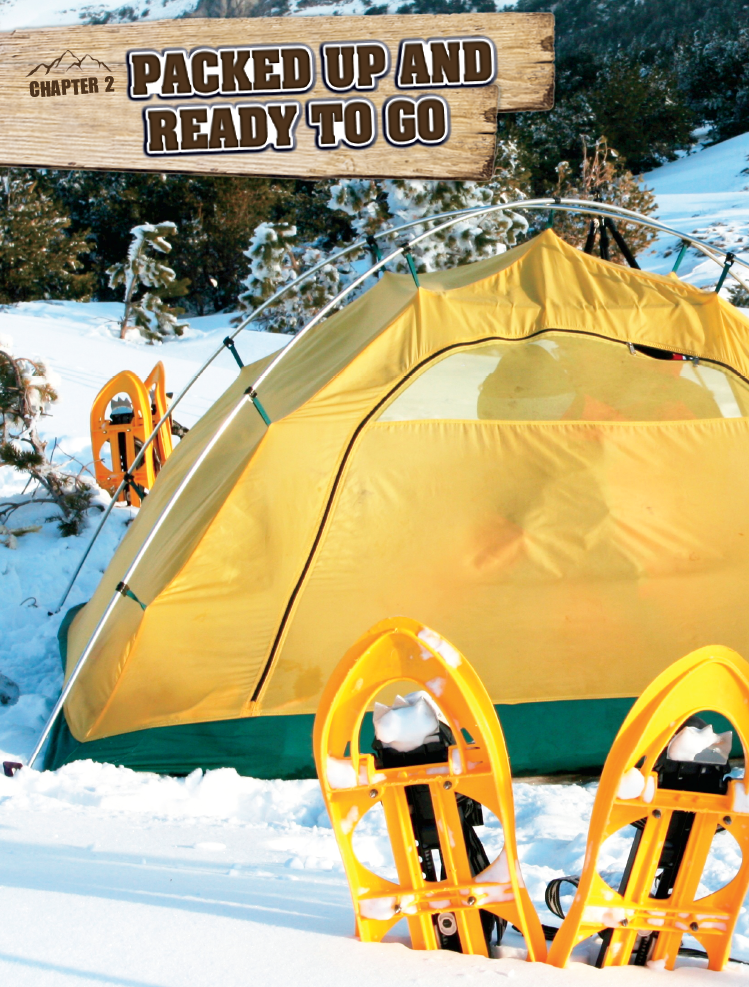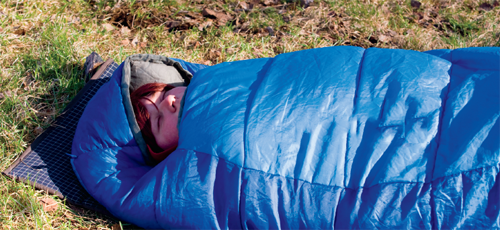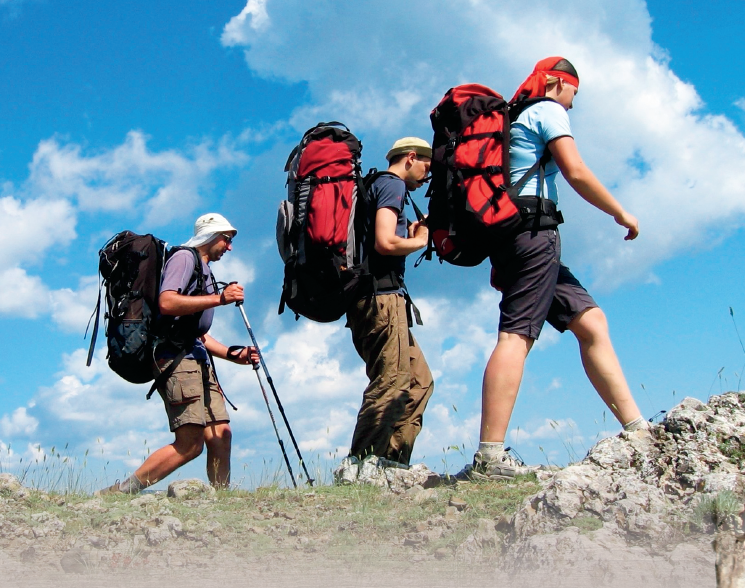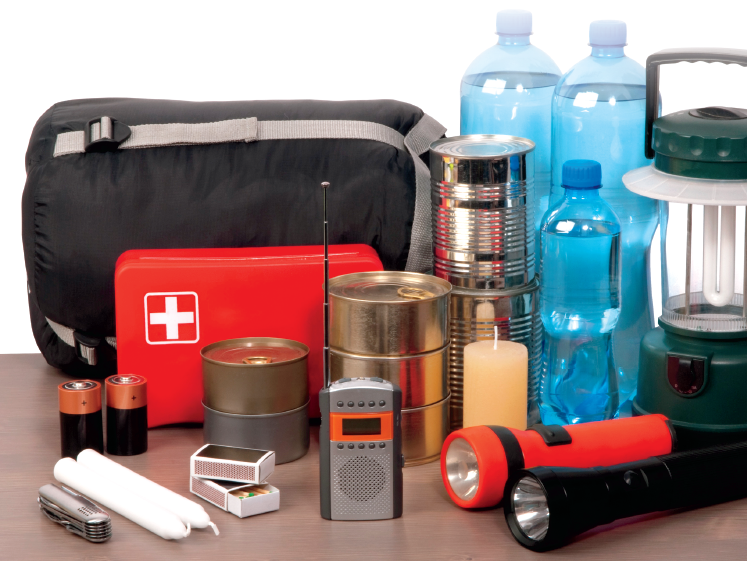READ MORE
Hurley, Michael . Surviving the Wilderness. Extreme Survival. Chicago: Raintree, 2011.
Long, Denise . Survivor Kid: A Practical Guide to Wilderness Survival. Chicago: ChicagoReview Press, 2011.
Mason, Paul . Hiking and Camping: The Worlds Top Hikes and Camping Spots. Passportto World Sports. Mankato, Minn.: Capstone, 2011.
INTERNET SITES
FactHound offers a safe, fun way to find Internet sites related to this book. Allof the sites on FactHound have been researched by our staff.
Heres all you do:
Visit www.facthound.com
Type in this code: 9781429684231
Grandpa and Mel stood on a rock just offshore of the campsite. The wind was juststrong enough to keep the mosquitoes away. Only the clap of the small waves, rustlingleaves, and the call of a loon broke the silence.
One by one the stars appeared. Soon thousands of twinkling lights filled the sky.The moonlight shimmered on the water. Grandpa and Mel felt like the only two peoplein the world.
This is why I come out here, Grandpa said quietly. Mel nodded. Me too.
FACT
Always be sure to tell someone where you are going when you leave for a camping trip.Also let someone know when you plan to be home.
Getting Out
Campers have been enjoying natures wonders for more than 100 years. Camping forfun started in the late 1800s. The first campgrounds in North America sprang up inthe 1920s. These parks and preserves help to protect nature and people by settingrules for safety and conservation .
Camping became more popular after World War II (19391945). Families had more freetime. They had cars that could get them out of town. Camping quickly became the familyactivity so many enjoy today.
preserve a place where animals can live and be protected from hunters
conservation the protection of valuable things, especially forests, wildlife, and natural resources
People are creative when it comes to camping. Some people camp on bicycle trips,strapping their gear to their bikes. Others pile into a recreational vehicle (RV)and target RV campsites. People often camp on hiking trips. You can also boat orsnowmobile to a campsite. If there is a way to get you into the wild, you can addcamping to your adventure.
FACT
More than 280 million people visited national parks in 2010.
Camping is all about making good use of limited space. You probably wont have roomto bring your TV into the wilderness. Essentials include food, water, and shelter.Flashlights are important at night, and sunscreen is just as important during theday. Maps and a compass or a GPS are also good to bring along.
Tent Sweet Tent
For many people, home away from home is a tent. Select the right tent for where andwhen you will be camping. A tent for winter camping should be light but strong. Itneeds steep walls to keep snow from building up on them. Summer tents should havescreens to let in air and keep out bugs. A tent should have a fly that fits wellto provide airflow and keep rain off your tent walls. Theres nothing worse thanwater in your tent.
Backpackers are more concerned about pack weight than comfort. The more lightweightthe tent, the better. You can get a small tent that weighs less than 3 pounds (1.4kilograms).
GPS an electronic tool used to find the location of an object; GPS stands for globalpositioning system
fly a sheet of material that attaches to a tent for use as a double top or as a rooflikeextension
Get Comfy
You can choose from three types of sleeping bags. Mummy style sleeping bags fit tightlyaround a campers body. They are the warmest. Semi-rectangular and rectangular bagsare roomier.
Different materials are used to make sleeping bags. Cotton sleeping bags are notrecommended for serious camping. Theyre heavy, but they wont keep you as warm oras dry as other bags. Some synthetic materials are better because theyre waterproofor stay warm when wet. Sleeping bags are filled with down or synthetic fiber insulation .Down filling is thicker and warmer than synthetic filling. But down is useless ifit gets soggy. Keep these qualities in mind when choosing your sleeping bag.
synthetic artificial or made by people rather than found in nature
insulation a material that stops heat or cold from entering or escaping
mummy style sleeping bag
Backpacks
If you will be hiking, a pack that fits well and holds all your gear is a must. Hundredsof pack styles are available. Most hikers use backpacks. Day packs for short tripsdo not need frames. But when youre carrying a lot of gear, a pack with a frame worksbest. The frame helps to keep the weight even so you dont have to work as hard.
Some backpacks have lightweight frames inside the pack. Internal frames allow foreasy movement. The frame is flexible, so the pack shapes comfortably to your body.Newer models have a cool space between the pack and your back to let air flow through.
If you need to carry a lot of gear, you may want an external frame pack. But rememberthat you cant move as freely with an external frame pack. These packs arent recommendedfor skiing or mountain climbing.
All backpacks should have padded shoulder straps and a support belt. A pack for longtrips should also have a chest strap. The chest strap keeps shoulder straps in placeto balance the weight on your body.
FACT
Put heavy items at the bottom of your pack and lighter items on top. Packing thisway will reduce back strain.
Drink Up!
Where you camp determines if youll need to bring water. Most public campsites providerunning water or access to clean water. If youre heading into the wilderness, youneed to bring or find your own water. Lake and river water may look clear and clean,but could contain bacteria. But enough water to last a week will be very heavy tocarry. Instead of packing water, consider using a water purification system to makelake and river water safe to drink.
If your trip involves easy access to boats, cars, or RVs, you have more room forsupplies. You can bring large containers of clean water instead of a purificationsystem. But to be safe, its a good idea to bring iodine tablets. The tablets dissolveand kill germs in water. This makes lake and river water drinkable in an emergency.

